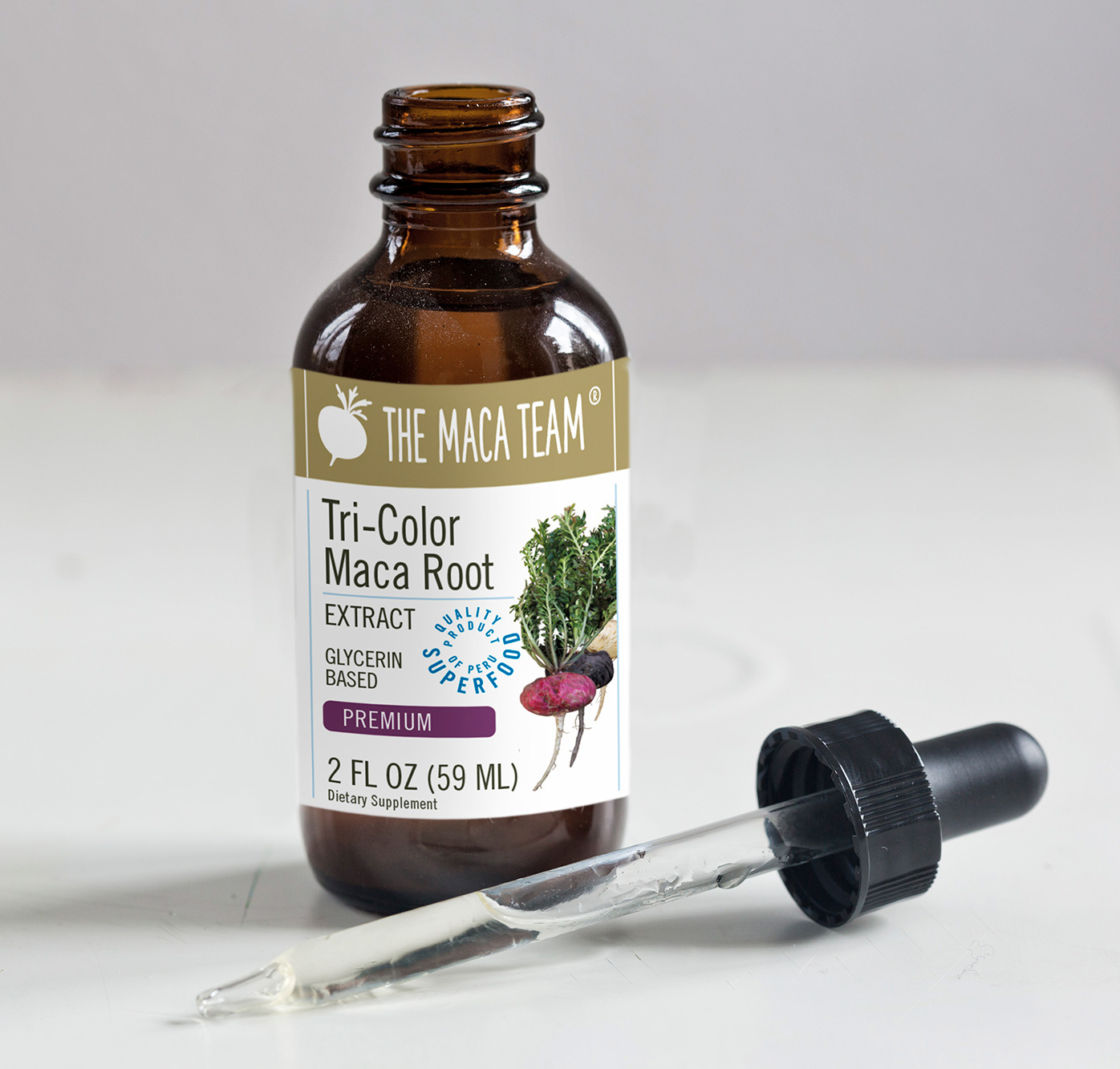1. Reviewing Your Policies Regularly
Policies are reviewed regularly to ensure they meet current needs and to find potential savings. Annual reviews are recommended to assess coverage and update it if necessary. Discounts can often be identified when changes are made to a policy or when different coverage levels are needed. Periodic reviews help in understanding the policy better and uncovering any unnecessary add-ons that may be costing extra.
2. Bundling Insurance Policies
Discounts are offered when multiple insurance policies are bundled with the same provider. Combining home, auto, and life insurance policies under one provider often results in reduced premiums. Bundling simplifies management and provides an opportunity to save money. The discounts offered can vary, so it is important to compare bundled packages from different providers to get the best deal.
3. Increasing Deductibles
Premiums can be reduced by increasing deductibles. Higher deductibles mean lower monthly or annual premiums. However, the increased deductible amount should be manageable in case of a claim. Evaluating financial readiness for higher deductibles is crucial before making this change. This strategy can lead to significant savings, but it requires careful consideration of one’s financial situation.
4. Taking Advantage of Discounts
Various discounts are available for insurance policies, such as safe driver discounts, security system discounts, and good student discounts. Discounts are also offered for having a clean driving record, taking defensive driving courses, or installing safety features in a home. It is important to inquire about all available discounts and to ensure they are applied to the policy.
5. Maintaining a Good Credit Score
Insurance premiums are often influenced by credit scores. A good credit score can lead to lower insurance rates, as it is considered an indicator of reliability. Regular monitoring and improving credit scores can result in reduced insurance costs. Steps like paying bills on time, reducing debt, and checking credit reports for errors contribute to maintaining a good credit score.
6. Comparing Insurance Quotes
Quotes from different insurance providers should be compared to find the best rates. Online comparison tools are available to make this process easier. Each provider offers different rates based on their own criteria, so comparing quotes ensures that the best possible price is obtained for the coverage needed. This process should be done regularly to ensure ongoing savings.
7. Opting for Minimal Coverage
Choosing minimal coverage can result in lower premiums. However, this should be done carefully, as it might leave gaps in protection. Evaluating the necessity of coverage limits and assessing personal risk tolerance is important before opting for minimal coverage. This approach is best suited for those who are willing to accept higher out-of-pocket costs in exchange for lower premiums.
8. Paying Premiums Annually
Annual payments are often cheaper than monthly payments due to reduced administrative fees. Insurance providers typically offer a discount for paying the full premium upfront. If financially feasible, paying premiums annually can lead to significant savings over the course of a year.
9. Improving Safety Measures
Insurance premiums can be lowered by improving safety measures. Installing security systems, smoke detectors, and burglar alarms in homes can reduce homeowners’ insurance premiums. Safe driving practices and maintaining well-kept vehicles can lower auto insurance rates. Demonstrating a commitment to safety can result in discounts and reduced premiums.
10. Exploring Group Insurance Options
Group insurance policies, often available through employers or professional associations, can offer lower rates compared to individual policies. Exploring group insurance options can lead to cost savings, as these policies typically benefit from collective bargaining power. It is advisable to check if group insurance options are available and if they provide the coverage needed.
11. Avoiding Unnecessary Coverage
Unnecessary coverage can lead to higher premiums. Evaluating and eliminating coverage that is not needed can result in savings. For instance, if an individual has a low-value vehicle, comprehensive coverage might not be necessary. Assessing the relevance of each coverage type and eliminating those that do not add value is a practical approach to saving money.
12. Utilizing Telematics Programs
Telematics programs, offered by some auto insurance companies, monitor driving behavior and provide discounts based on safe driving practices. Enrolling in such programs can lead to lower premiums if safe driving habits are demonstrated. These programs use devices or apps to track driving behavior, providing an opportunity to save money based on performance.
13. Reviewing and Updating Beneficiaries
Beneficiary designations on life insurance policies should be reviewed and updated regularly. Changes in personal circumstances, such as marriage or divorce, may necessitate updates to beneficiary information. Ensuring that beneficiary designations are current can prevent potential issues and ensure that insurance policies remain aligned with personal goals.
14. Choosing Higher Limits on Liability Coverage
Higher limits on liability coverage can sometimes lead to lower overall premiums. While this might seem counterintuitive, higher liability limits can reduce the risk of significant claims against the insurer. Evaluating the benefits of higher liability limits and comparing them with potential savings can lead to a more cost-effective insurance strategy.
15. Seeking Professional Advice
Consulting with insurance agents or financial advisors can provide valuable insights into saving money on insurance policies. Professionals can offer personalized advice based on individual circumstances and help in identifying potential savings opportunities. Seeking expert guidance ensures that insurance decisions are informed and tailored to specific needs.
In summary, various strategies can be employed to save money on insurance policies. Regular reviews, bundling policies, increasing deductibles, taking advantage of discounts, maintaining good credit, comparing quotes, and opting for minimal coverage are among the most effective methods. Improving safety measures, exploring group insurance options, avoiding unnecessary coverage, utilizing telematics programs, reviewing beneficiaries, choosing higher liability limits, and seeking professional advice are also recommended. By implementing these strategies, significant savings on insurance premiums can be achieved.



